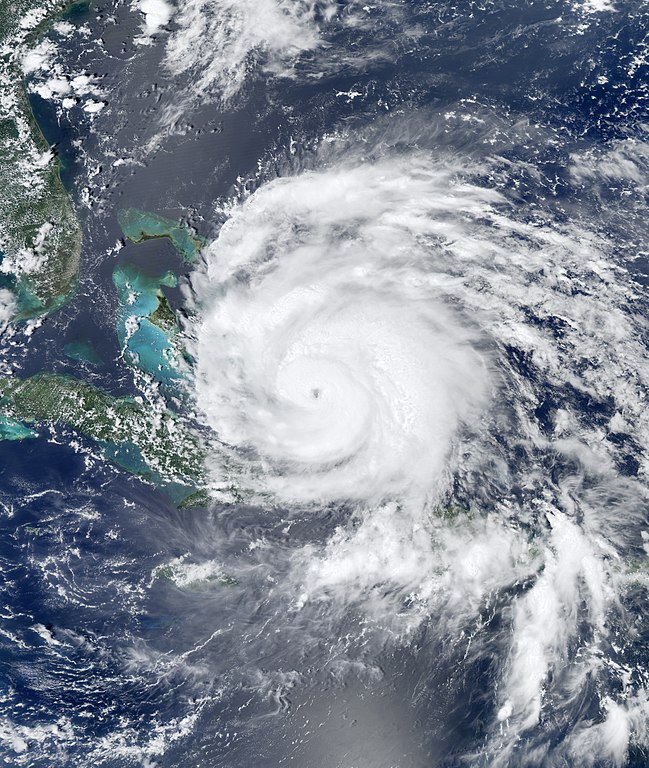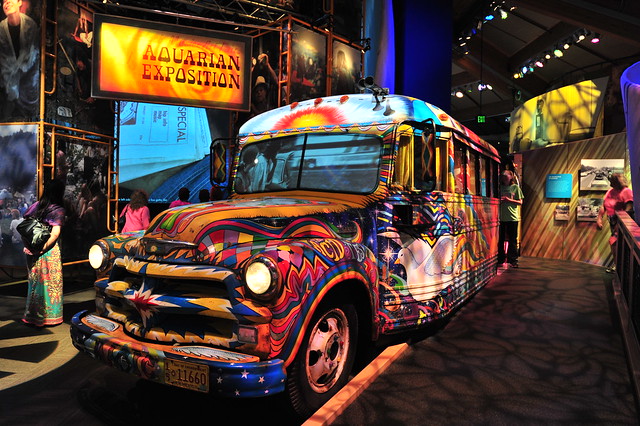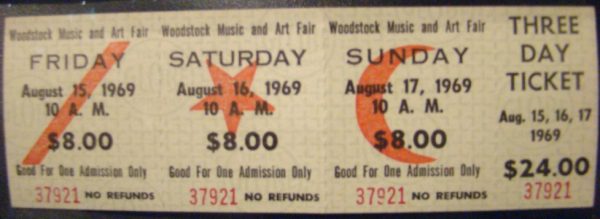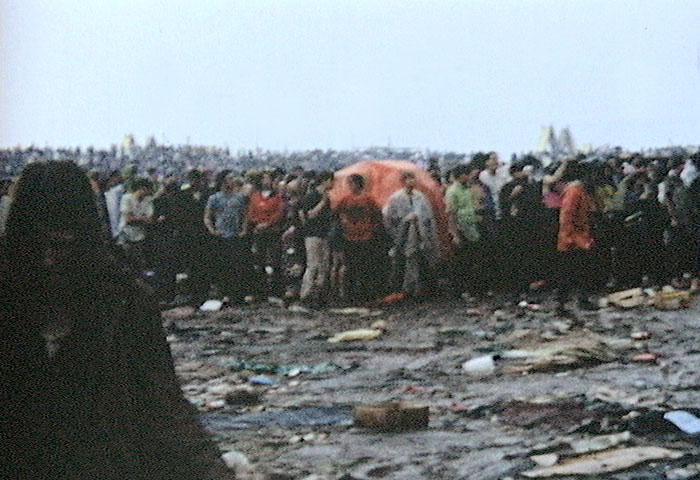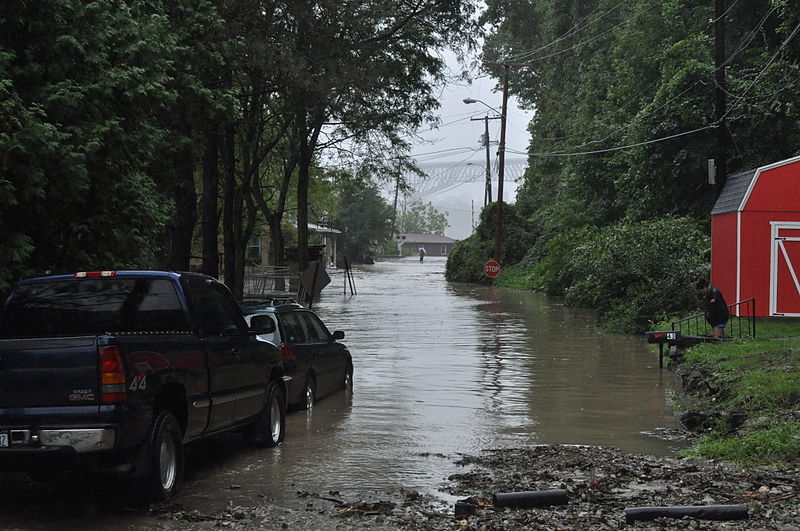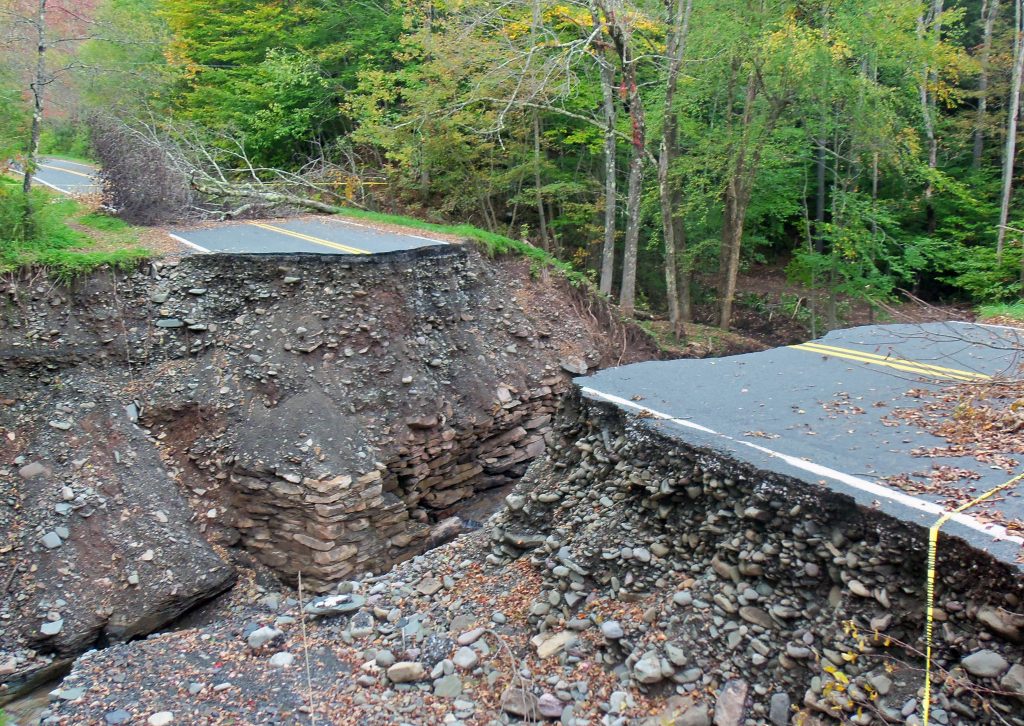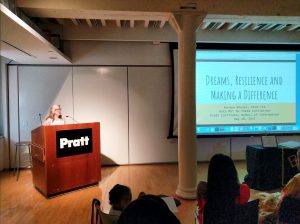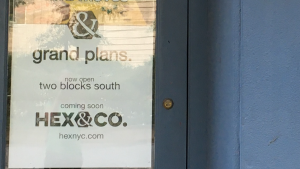
Today I had a dentist appointment. There weren’t any open appointments until October, but they had a cancelation, so I took it. I had just been there two days ago with my grown children, each reporting wisdom tooth pain, lost fillings and sensitivity. Mine pain was attributed to “Coronivirus Stress”. It’s something supposedly very common whether you’ve had the disease or not. Dr Cheung said he has it, too. No one is immune from dental stress these days. He recommended a night guard. And now I was heading back for a cleaning.
Taking a Lyft the other day, after a three month break from automobiles was strange. Traffic seemed to be going too fast and close for comfort. I didn’t want to touch the seat belt. Or the handle. Or the seat. This time, I decided to walk to West 79th Street this time and set out early for 40 minutes of late morning exercise.
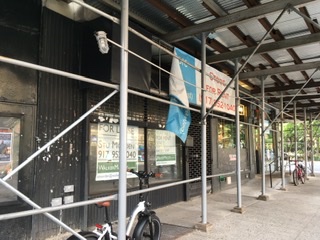
It’s been so hot in New York, but the air was cool today. I walked over to Broadway and then down and across at West 97th before taking Amsterdam Avenue the rest of the way.
At this time of day, essential workers are readying stores and restaurants for lunchtime sidewalk service and street-side dining. Areas in the near lane of the road, tented or open are set with tables and chairs, not quite 6 feet apart, and surrounded by 18 inch planter barriers, some already planted but most empty and awaiting something cheery.
Many of these settings cleverly expand into space unoccupied by the adjacent store, boarded up or dark and bearing a “For Rent” sign. I counted a lot of closed up stores on my walk.
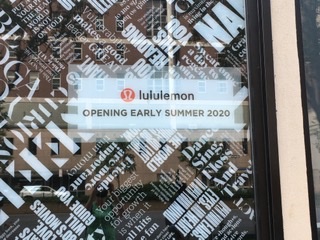
As I stood waiting for the walk sign to light, I was thinking about these boarded up places. Especially the ones that have “Coming Soon” signs, offering hope but already beginning to fade.
On these New York streets, dry cleaners and restaurants have closed. In the operating businesses, behind the plexiglass of the curbside, contactless payment center, lie abandoned spaces where patrons used to eat.
Many have gone out of business. We aren’t allowed to dine in these days, and the streetside capacity is too low for them to make a profit, so they remain closed or close for good. Anyway, The 18 inch planter barriers aren’t exactly cheap. And you don’t need to clean a “Zoom shirt” that often.
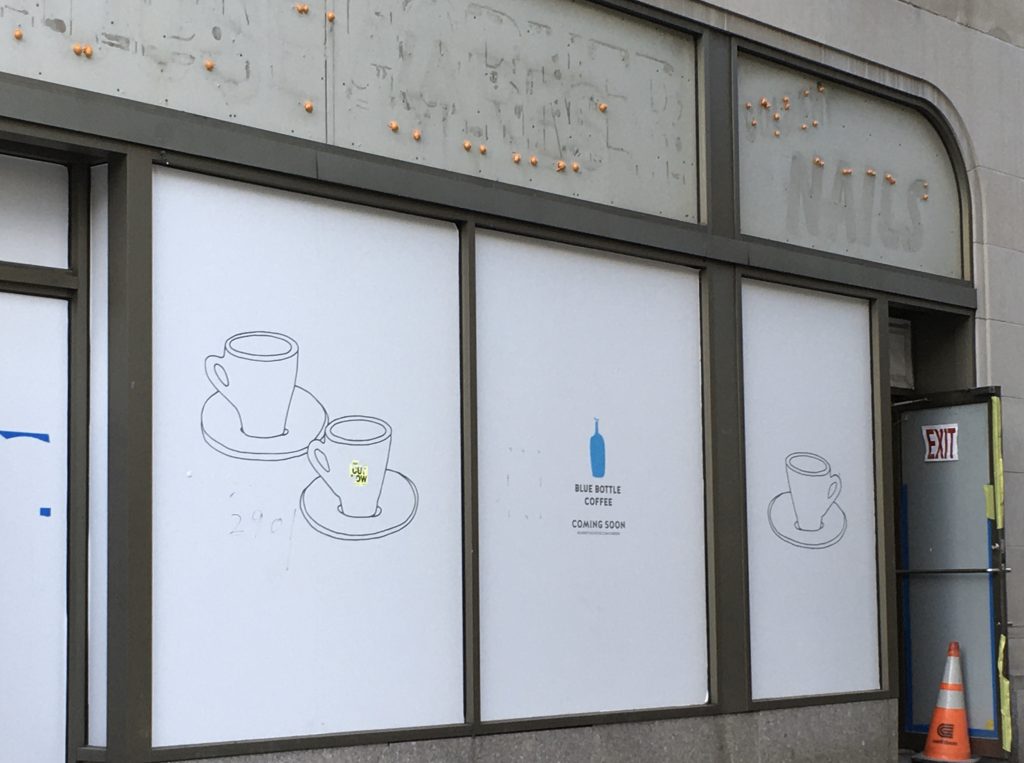
Architecture_MPS, a research group where I manage social media, had an article some years ago called “No Longer and Not Yet” by Edward Hollis. It’s about a seminary near Glasgow that was built in the 1960s but abandoned almost immediately. What happens when there is no more use for a place?
As the light changed, I looked up and saw a young, nicely dressed woman, awkwardly carrying a magazine file full of Manila folders and a potted plant. She was wearing a mask, like most do these days, so I couldn’t judge her expression. Her eyes were watchful, dry. Perhaps she was just let go from her job. Or on her way to set up at a new one.
Another store. Another job. Coming soon.
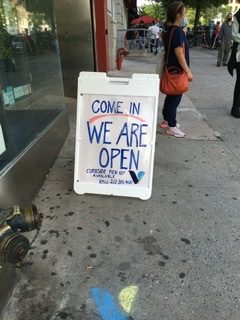
The images for this story were taken by Noreen Whysel on July 16, 2020 near Columbia University. Each of these sites except The Vitamin Shoppe has been closed since the state PAUSE in March 2020.

